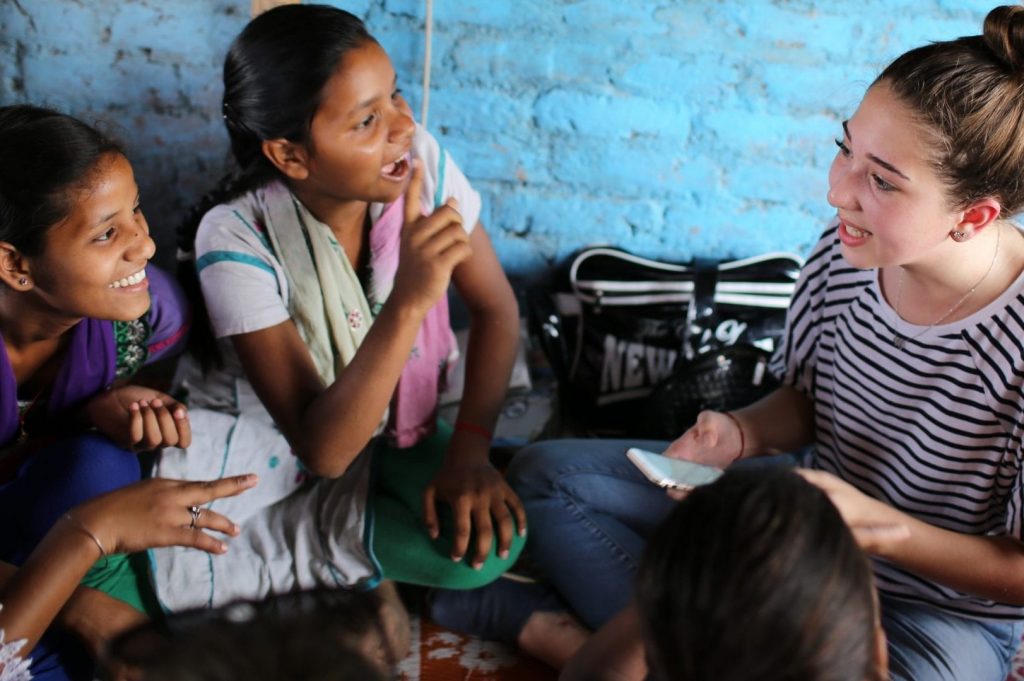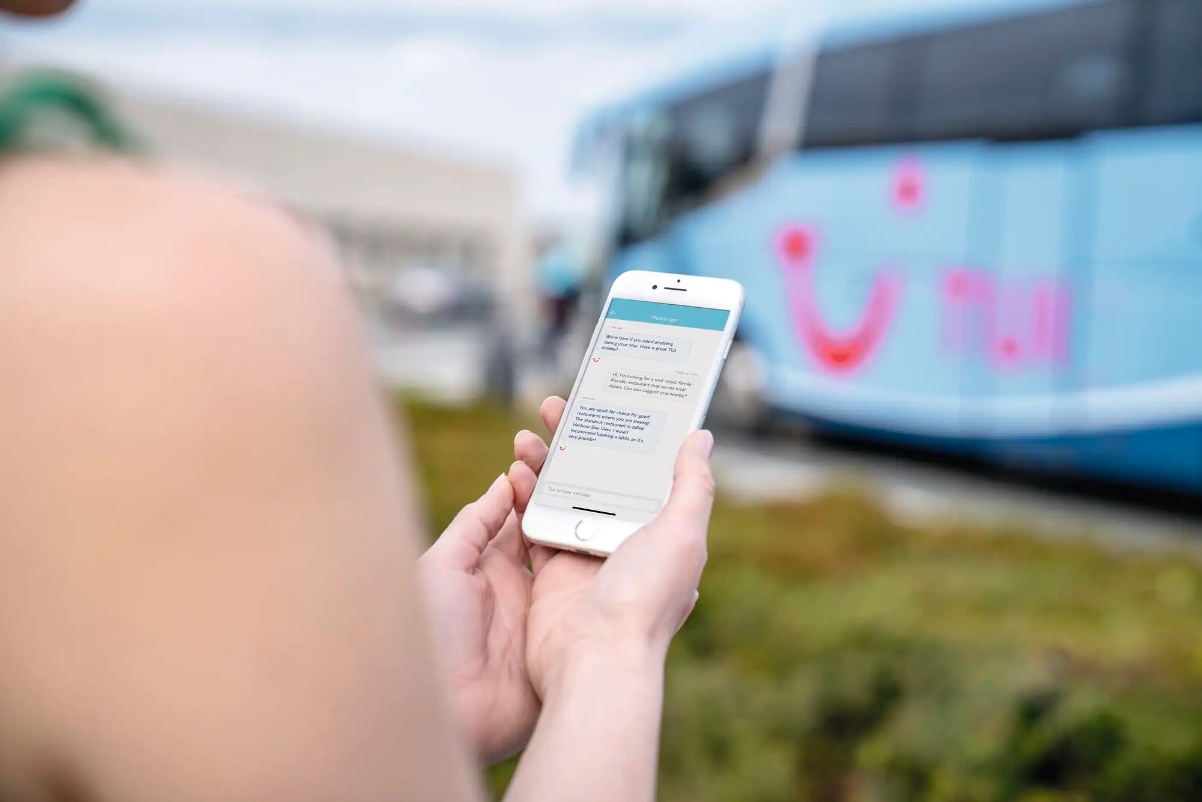Rise of Voluntourism Presents New Challenges for Advisors

Skift Take
Travel advisors are increasingly asked to provide more meaningful experiences, including combining community service with sightseeing. But while voluntourism —incorporating volunteering with leisure travel — is a growing trend, it’s also one that demands specialist knowledge.
UK-based agency Responsible Travel saw a 33 percent increase in volunteering holidays last year, and the growth shows no sign of slowing.
“Wildlife conservation is obviously a popular choice, along with marine conservation,” said CEO Justin Francis. Other offerings from the agency include conservation and community development in the Amazon rainforest, rebuilding projects in Nepal, and community projects in Tanzania.
Youth travel giant STA Travel reported 11 percent year-on-year growth in January for its volunteering products.
STA’s UK operation currently lists 50 volunteering projects in 22 countries around the world, ranging from working with animals and conservation projects to helping local communities.
Kate Rowe, STA’s UK head of land product trading, said the top sellers were Explore Thailand and Cambodia and Thailand Voluntour (both available in 28- and 14-night options).
Not Just for Backpackers
While voluntourism is generally associated with post-high school gap years and millennials “trying to find themselves,” it’s growing across the board.
Niche agency Hands Up Holidays adds a luxury component to volunteering.
“We make volunteering accessible for those who don’t want to rough it, keeping in mind that this is still their holiday, and they also want to be safe,” said founder Christopher Hill.
Hands Up’s custom packages include a Zambian holiday that combines the Victoria Falls, rafting, and sundowners with helping to build a home for a widow and her children while staying at Tongabezi Lodge. It finishes up on luxury safari in Chobe, Botswana.
Karsten Horne, CEO of Reho Travel in Melbourne, Australia, is a big supporter of volunteering and encourages his own staff to get involved in community projects.
“I allow my team two paid-leave days to volunteer at the end of their holidays,” he said.
Horne, however, questions the effectiveness of voluntourism products that only include a short period of real volunteering.
“Many customers think that working in a community for one or two days makes a genuine difference,” he said.
While that often falls short, Horne believes such trips can give the traveler a taste for volunteering “and next time they commit to a longer project.”
Adventure tour company Intrepid Travel, while very conscious of supporting local communities in its destinations, has not joined the voluntourism bandwagon. A spokesman told Skift his company does not offer volunteering or voluntourism opportunities.
On its website, Intrepid points out that most traveling volunteers just want to help, but worthwhile short-term volunteering opportunities are hard to find. It warns that it’s difficult to achieve anything significant in less than two weeks “unless the volunteer is doing a really specific task that doesn’t take away a paid job from a local person — such as elephant research or counting wildlife”.
Challenges of Voluntourism
Among those urging caution before signing up for — or selling — a volunteer tour is Adrienne Lee, director of programs and partnerships for Tourism Cares. According to its mission statement, the Norwood, Massachusetts-based not-for-profit “unites the travel and tourism industry to benefit the people and places our industry depends on.”
Lee recommends finding out who created and organized the tour and whether it’s driven from the local community. It’s also important to determine who benefits from the tour and what proportion of the proceeds goes to the local community.
One should also question how much time is really needed to have a positive impact on the community and if your presence takes away jobs or learning opportunities from locals, she said.
“A good experience should always consider the needs of the community first, and should ask itself if the community really wants or needs this type of support,” Lee said.
Similarly, Horne believes the best experience is one where the participant’s skills are matched to the project. “A bad one is where your intention is to tick boxes so your CV looks good.”
Responsible Travel’s Francis noted that problems arise as more volunteers with fewer skills and less commitment sign on.
“The priority for this type of trip should always be the communities or environment you’re there to support, which means you’ll often be doing hard, dirty work,” he said. “So having fun is a by-product, not a prerequisite.”
Of course, there is some skepticism about voluntourism, especially about why volunteers need to fork out thousands of dollars, euros, or pounds to do dirty work for others.
According to STA’s Rowe, organizers also need to guarantee the safety of their customers.
“This takes paid manpower and on-the-ground support,” she explained. “We also need to guarantee that the presence of the volunteers has a positive impact in the long run, so we must pay our own way for things like hosting, meals, and staff as well as giving the program the financial help it needs.”
Hands Up Holidays’ customers don’t blink at spending $10,000 to $15,000 on the land component of what Hill described as a "philanthro-voluntourism" approach.
“Our model flips one of the main (legitimate) criticisms of volunteering abroad on its head: that volunteers are taking jobs away from the local people,” he said. “With our model, we actually create jobs for the local community by employing local experts to do most of the work before our clients arrive and supervise our clients with the finishing touches, meaning that the main benefit our clients bring is the finances to enable needs to be met.”
Understanding What’s Involved
For a consultant, the major challenge in selling voluntourism is managing expectations. First, travelers need to be aware that there’s a limit to what can be achieved in a couple of weeks. Then they need to understand what’s involved in the project.
For example, not all wildlife volunteering involves getting to pet or have direct contact with the animals you’re there to protect, according to Francis.
Another area of high risk is volunteering with young people, he added, noting that “it’s deeply unethical for someone with no training or experience to have unsupervised contact with children or vulnerable people."
To ensure that advisors know what they’re selling, groups like STA provide training by their volunteer providers.
“We also have an ambassador program within stores with two volunteer ambassadors per region who are at hand to answer any questions from fellow agents, pass along feedback and generally ensure that our customers are informed and ready for their volunteer experience,” said Rowe.
For Tourism Cares’ Lee, it’s important to remember the aims of volunteering.
“Good experiences should always be narrated by the community: These are first and foremost the homes of people, and tourists are guests that are passing through for a short period of time,” she said.




